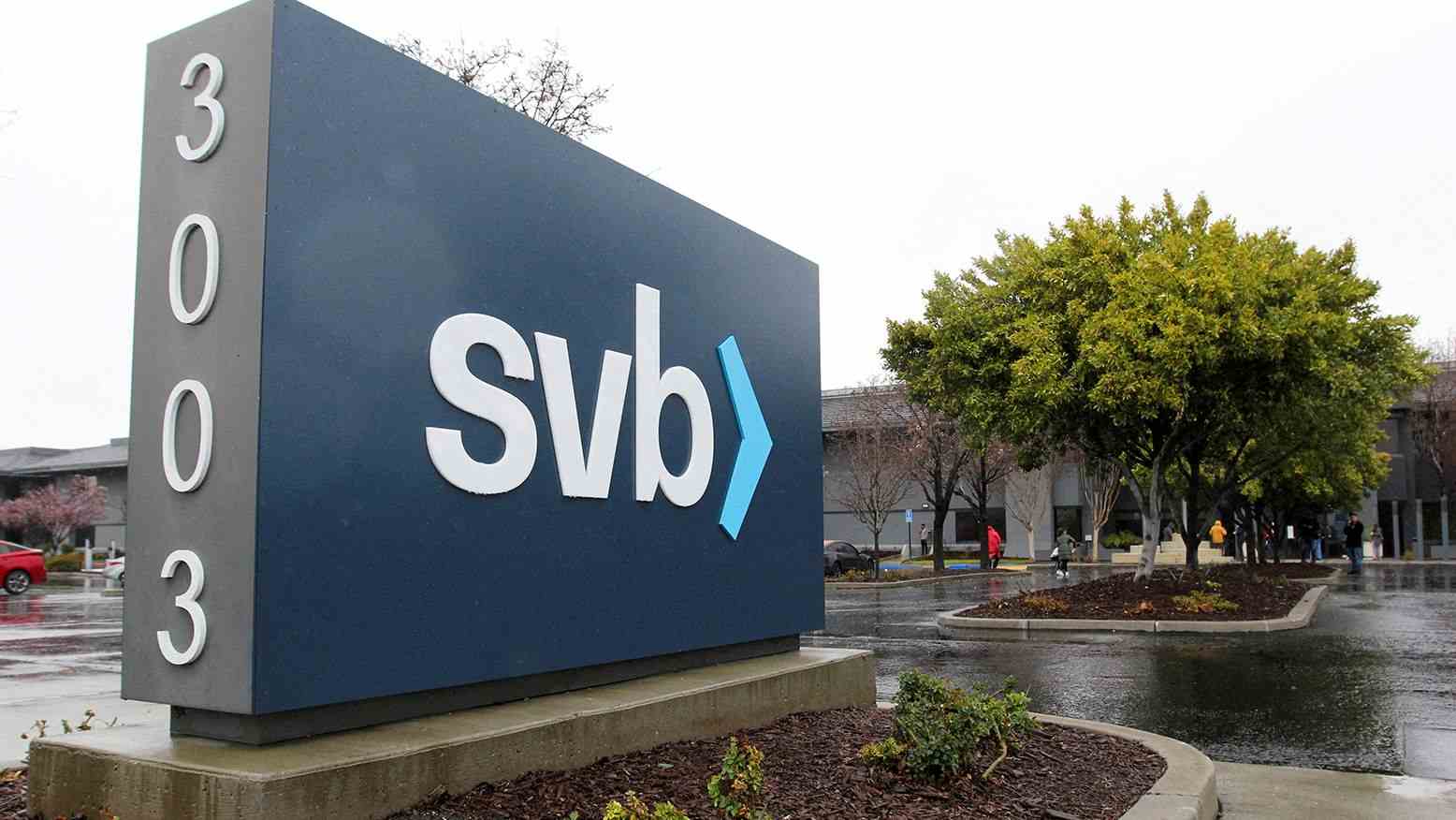
When the news talks about “a bank just failed”, fear seizes everyone; It is clear to the public that a bank (whatever it may be) is usually a key piece within the banking and financial system. A system that is usually the foundation of any economy. It is also more or less well-known that the fallout of a bank usually shows much greater structural problems.
But first; 2008 in a few lines: The initial bankruptcy of Washington Mutual that year followed by Lehman Brothers and Bear Stearns were the iconic events of a deep, widespread, and severe systemic crisis due to the housing bubble that was fueled by a continuous flow of demand for real estate, demand in turn fueled by the massive granting of mortgages by retail banks to people with little capacity to payback the mortgage. These mortgages were then packaged up by investment banks and sold to private investors and sold with better ratings than they had.
Facts: The bankruptcy of SVB is not a catastrophic event, since it is not bursting a bubble. There are no signs that the bankruptcy of SVB is the “burst” of a bubble that has not been made visible, or that said bankruptcy is the result of bad practices adopted massively by all banks in North America and part of Europe, as it was in 2008.
And the banking systemic risk would not be the usual kind of banking risk. “This Bankruptcy does not pose a risk of contagion, which is due more to Silicon Valley Bank ‘s business model than to more general problems in the banking system,” said analyst Jaret Seiberg of the specialized consultancy TD Cowen interviewed by Yahoo! Finance. In that sense, “systemic” exposure within the rest of the US banking system would be limited. SVB’s business model was almost unique. And while there is no obvious banking systemic risk, shares of many smaller banks still fell precipitously.
But there is another type of systemic risk, now mitigated by US Government; Many important large technology companies and many smaller ones (start-ups) were exposed to SVB. The Santa Clara (CA) bank reported funding 44% of venture capital-backed healthcare and technology IPOs in 2022, and 55% in 2021. The bank played a determining role in the financing of start-ups and the ecosystem; more than 3,500 startup CEOs have asked the Treasury Secretary to support company deposits since more than 200,000 employees eventually are at risk. BIDEN itself appeared on national TV announcing that all deposits will be respected and backed by the government.
And this bankruptcy may not be a catastrophic sign, but it is a very serious alert. Being SVB the 16th largest bank in the U.S. we are not talking about a minor financial event; it is the second largest bankruptcy of a bank in the United States.
And eventually, SVB may be the canary in the coal mine; First of all, ¿How did this happen? A run on deposits of the clients of the bank, that SBV management could not compensate as quickly as the regulation requires. That was a huge endeavor, for the bank to achieve, among other things because its positions in Treasury assets were worth much less in the market than on paper. This is not an accident or lack of accounting accuracy: Every time the Fed raises interest rates, newly issued Treasury bonds pay better than older bonds, making them more attractive over older bonds, and making recently issued Treasury prices higher. previously issued bonds start to fall in their price. In a scenario of permanent interest rate rises, the price of purchased Treasury bonds will always tend to fall. Yes, you could wait for the 10 years of the Bond and claim your money back, but that is something not usually planned by the banks,
Many banks in the United States have started buying Treasury Bonds as the policy of increasing interest rates pushes down the prices of most other available investment vehicles, including gold or Bitcoin and most shares, it is thus that the banks have accumulated more than USD 620 billion in assets that now have lower prices than those that were purchased. A loss that has not yet been accounted for.
And this does sound like 2008; In that year, significant levels of assets had accumulated in bank accounts that could drop in price at any time, and if the price fell, they would become “the largest bag of odorous excrement ever assembled in the history of capitalism.” As Jhon Tuld would describe it as the character of the president of the investment bank in the movie “The Margin Call”.
So, summarizing how serious this is? How much of this can be made into a new 2008 will depend on the answers to the following questions:
- How many banks go out to sell those USD 620 billion right away, further reducing the price of those assets?
- How many small bank customers will run out to withdraw their deposits this week?
- Will Wall Street overreact to all this, pricing the share prices of banks dangerously low? Banks in general, and companies linked to anything that sounds like financing and technology will lead to an eventual fall in share prices. Towards the end of the week, we will see calmer in the market if no more technology or financial companies are going under.
For the world of Venture Capital and start-up financing, is a critical moment. This is a very serious blow to the world of VC and financing of nascent exponential companies (start-ups) that will generate recessionary waves since that many capitals placed in venture capital funds will be claimed by the owners to assess how the market evolves. Eventually, this means the VC world will come to a standstill for a few weeks or even months.
The FINTECH ecosystem at risk: Anything that sounds like tech + finance to the unsophisticated investor will sound like SVB. But beyond the collective investor hysteria that is coming, there are real effects on important segments of Fintech: What happened last Friday will generate enormous financial and regulatory pressure on the behavior and financial and operational resilience of BNPL fintechs ( Buy Now Pay Later), firms that show almost exponential growth rates in their LOANS, something that can only be done with a very good credit origination methodology, but also with credit granting criteria that are a little more relaxed than those maintained by a traditional bank.











